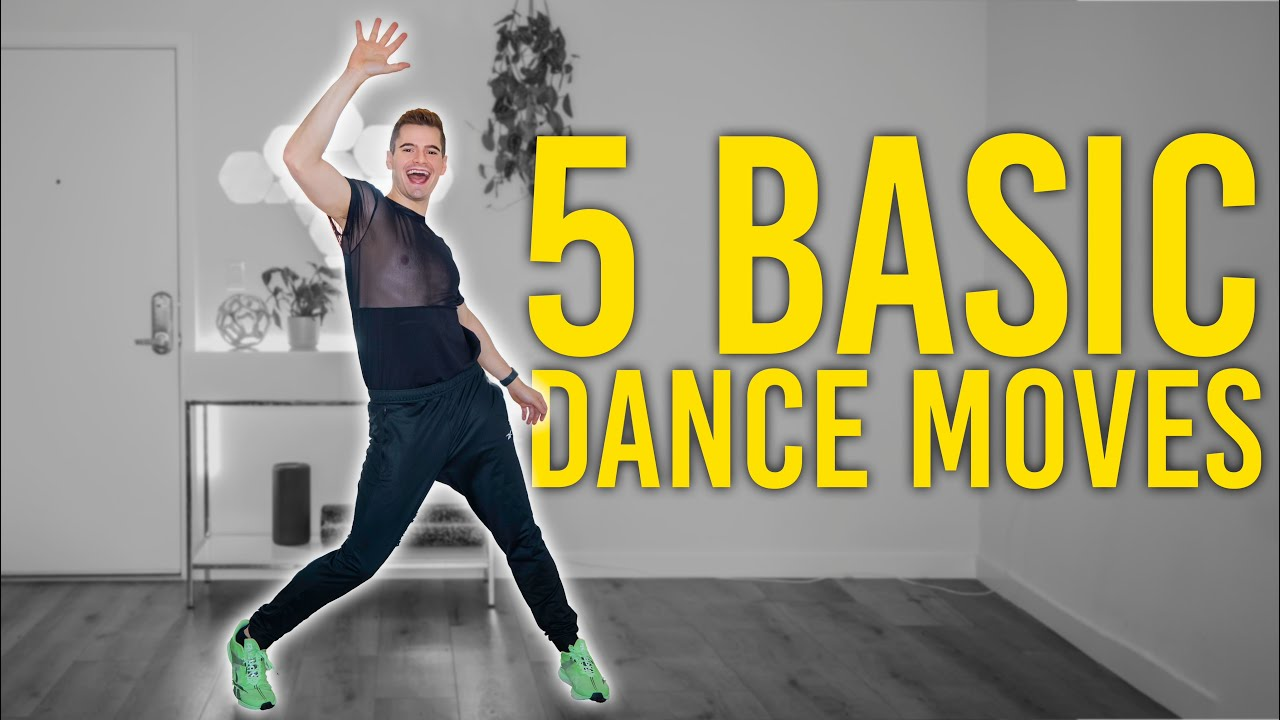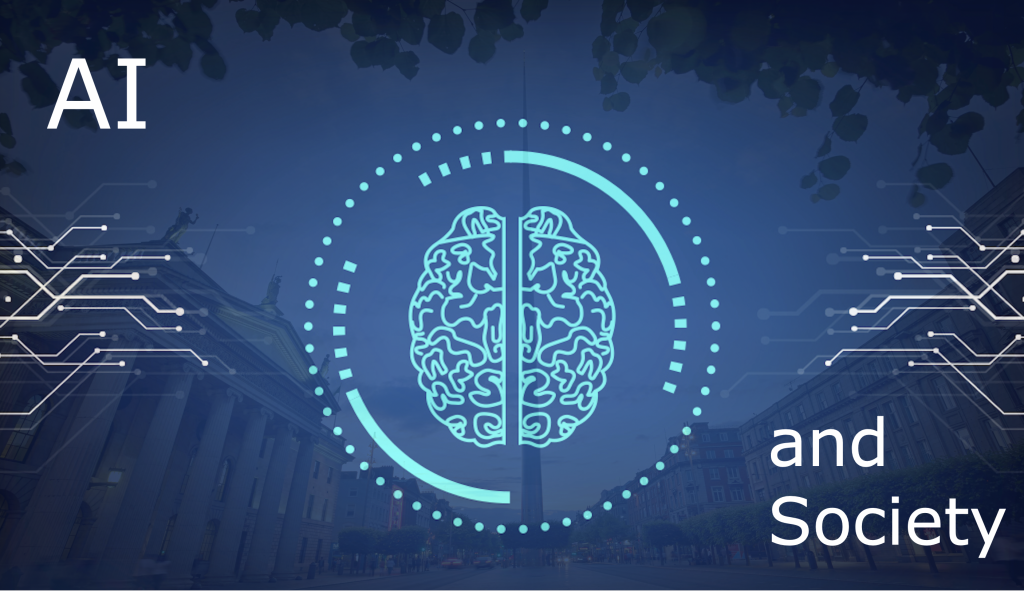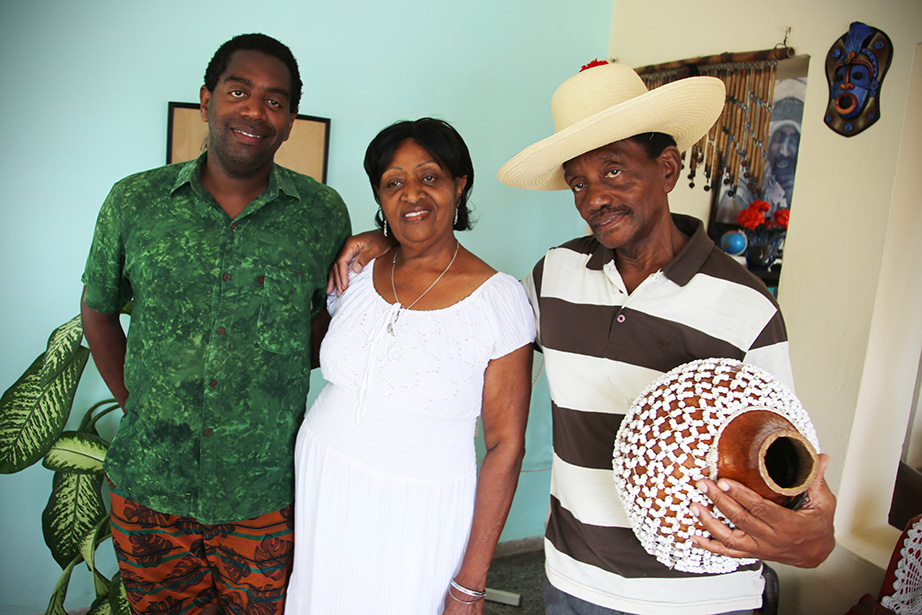Dance tips can usher you into a world of freedom and expression where your body tells a story. Regardless of skill level, everyone can benefit from understanding how movement can not only be a form of art but also a powerful means of personal release. Imagine dancing like somebody’s watching not just as a performance, but as a spiritual experience that connects your innermost feelings with the rhythm around you. Embracing dance freedom allows you to let go of inhibitions and find joy in the simple act of moving your body. In dance classes, instructors often emphasize the importance of shedding the fear of judgment, reminding us that the essence of dance lies in expression, not perfection.
Unleashing your inner dancer is all about feeling the rhythm and allowing your body to move naturally. Whether you are taking part in structured dance lessons or simply swaying to your favorite tunes at home, the essence of engaging with movement creates a unique spiritual experience. Finding release in dance is not just about the choreography; it’s also about tapping into emotions and experiences that can feel overwhelming. This art form can serve as a sanctuary for personal exploration and self-acceptance, helping you dance with both intention and freedom. So, whether you’re in a dance studio or your living room, remember that the heart of dance is all about expressing who you truly are.
Unlocking Your Truest Self Through Dance
Dance is not merely an art form; it is an expression of the soul that allows individuals to unlock their deepest selves. When we dance, especially with the mindset that someone is watching, we tap into a reservoir of emotions and experiences that may have been locked away for too long. This transformative practice can serve as a bridge between our everyday existence and the spiritual realms that dance connects us to. By channeling our inner feelings into our movements, we create a narrative that goes beyond words—an emotional story that speaks volumes through rhythm, flow, and intention.
Incorporating the idea of ‘dancing like somebody’s watching’ can help dancers step out of their comfort zones and embrace their unique expression through movement. When you dance with the thought that an audience is present, it instills a sense of urgency and authenticity, pushing you to tell your story with every step. This approach reinforces the notion that dance is deeply cathartic—much like writing an essay where each word, each phrase cascades into a story seeking to be heard. In this space of expression, we find a sense of community and belonging, ultimately cultivating a stronger bond with ourselves through each performance.
Dance Tips for Emotional Release
Finding release in dance is a fundamental aspect of the art form that enhances both mental and physical well-being. One of the most effective dance tips is to let go of the expectation that your movements must be perfect or visually appealing—all that matters is how dancing makes you feel. This idea is echoed in dance classes where instructors encourage students to embrace a freeing mindset. Allowing yourself to dance freely means you can channel stress, anxiety, or emotional blockages into your movements, resulting in a significantly lighter spirit afterward.
Moreover, incorporating techniques such as improvisation can further aid in the emotional release process. When dancers allow their bodies to move without constraints, they can visit deeper emotional landscapes and confront feelings that may have been overlooked. As Jeffrey L. Page suggests, sometimes it involves shouting or uttering a cry to release pent-up emotions. This powerful form of expression demonstrates how dance transcends physicality—it’s fundamentally about engagement with one’s spirit. In embracing this freedom, we unlock the gateway to a lush, immersive experience that is uniquely empowering.
Dancing and Spirituality: A Deep Connection
Dance and spirituality go hand-in-hand, as many cultures integrate movement with transcendental practices. In Mali, for example, the concept of djine foly represents a dance that aligns the dancer with mystical entities, allowing them to enter a blissful, trance-like state. Similarly, within many spiritual traditions, dance serves as a profound form of worship and connection to a higher power. This sacred aspect of dance transforms it from mere exercise into a spiritually enriching experience, affirming how vital movement is to human existence.
In this context, engaging in dance can lead to what some communities refer to as ‘catching the holy ghost,’ where a dancer experiences an explosive surge of joy and energy. Such moments remind us that through self-expression and the release of stored energy, we become conduits of something greater than ourselves. This sacred dance allows participants to experience a deep connection with their heritage, spirituality, and identity, emphasizing that the dance floor serves as a space for profound personal and collective experiences.
Embracing Dance Freedom: Letting Go of Inhibitions
To embrace dance freedom means to step into a space where the constraints of perfectionism and self-judgment are cast aside. For many, the biggest barrier to enjoying dance is the fear of looking foolish or not meeting certain standards. However, true freedom in dance lies in the ability to express oneself without boundaries. In dance classes, instructors like Page highlight the importance of vocalizing energy—yelling, shouting, or simply being loud—can liberate individuals from the confines of their logical mind and allow them to dive deeper into their physical expression.
Initiating movements without a set destination encourages spontaneity and authenticity. This allows dancers to explore their physical capabilities and to celebrate their individuality. Freedom in dance creates a vibrant atmosphere where self-acceptance flourishes, allowing dancers to move as they wish, telling their stories through rhythm and flow. Ultimately, when we embrace the storyline of our bodies without hesitation, we ignite a liberating energy that resonates deeply within us.
The Community Aspect of Dance
Engaging in dance with others fosters a sense of community that is powerful and enriching. When people dance together, they share not just their movements but also their stories, emotions, and cultural backgrounds. This shared experience can lead to a bond that resembles familial connections—supporting one another in the process of self-expression and emotional release. In structured dance classes or informal gatherings, this community spirit enhances the joy of dancing, as participants learn from one another while building confidence and skills together.
A collective dance experience can be transformative for individuals who may feel isolated or disconnected from their own communities. When everyone dances together, they create an energetic circle of acceptance and celebration that breaks down barriers and creates joyful interactions. Whether through group choreography or spontaneous free form, the collective rhythm encourages personal growth and shared happiness, reinforcing the idea that dance is as much about connection as it is about individual expression.
The Role of Dance Classes in Personal Development
Dance classes play a crucial role in personal development by providing structured environments where individuals can explore their faculties through movement. Participating in dance classes allows aspiring dancers to cultivate skills, gain confidence, and develop their unique style. With guidance from seasoned instructors who emphasize freedom of expression, students often leave behind feelings of self-consciousness and emerge with a newfound sense of empowerment.
Such environments not only instill technical skills but also encourage a deeper exploration of emotional landscapes. As students learn to trust their bodies, they unlock layers of creativity and expression previously hidden beneath societal expectations. Instructors often provide strategies to help dancers navigate their journeys, whether by responding to feedback constructively or synchronously dancing with an audience in mind, fostering a sense of responsibility towards one’s personal growth.
Incorporating Cultural Perspectives into Dance
Integrating cultural perspectives into dance enriches the experience by providing a broader understanding of how movement reflects societal values and histories. Different cultures have unique dance forms that embody their traditions, beliefs, and communal narratives. For instance, West African dance not only serves for entertainment but also carries the weight of spiritual beliefs and community storytelling, emphasizing the significance of cultural heritage in the arts.
When dancers explore various cultural styles, they not only learn new techniques but also develop a greater appreciation for the richness of humanity. This exploration promotes inclusivity, as dancers gain insight into the transformative power of movement in different contexts. Acknowledging and sharing these cultural lenses enhances the journey of every dancer and provides an avenue for dialogues around identity, spirituality, and expression in their artistry.
Dance as a Form of Healing
The therapeutic benefits of dance are immense, serving as a powerful tool for healing both emotionally and physically. Dance can be used to channel and release feelings that may otherwise feel overwhelming. Many therapists incorporate movement into their sessions, allowing clients to express pent-up emotions through dance. This method proves especially beneficial as it bypasses the barriers created by speech, offering a dynamic way of processing experiences while inviting catharsis.
Additionally, engaging in dance can lead to increased mindfulness and bodily awareness, making individuals more attuned to their emotions and physical sensations. This newfound awareness fosters self-acceptance and empowerment, encouraging individuals to embrace their truths in a wholesome manner. Ultimately, recognizing dance as a form of healing reinforces how integral movement is to the human experience, creating pathways to deeper understanding and connection.
The Transformation Through Dance
The journey of becoming a dancer is a transformative experience that goes far beyond learning movements. As dancers strive to connect with their bodies and express their internal selves, they often undergo profound personal changes. This evolution can be similar to experiencing a rebirth, where old limitations are shed, allowing for a mosaic of newfound possibilities to emerge. Dance becomes a sanctuary; a space where individuals can realize their strengths and confront their vulnerabilities.
As one embarks on this transformative journey, the liberation found in dance encourages self-exploration and acceptance. Those who commit to the practice often find that they not only become better dancers but also more resilient individuals. The process highlights how navigating the dancefloor mirrors life’s challenges—requiring adjustment, creativity, and a willingness to embrace the journey as much as the destination.
Frequently Asked Questions
What are some tips for dancing like somebody’s watching?
To dance like somebody’s watching, focus on embracing your body movements without self-consciousness. Allow yourself to express emotions through dance, letting your inner feelings guide your movements. Experiment with different styles, and don’t be afraid to let loose. Remember, it’s about the experience, not about looking perfect.
How can I find release in dance?
Finding release in dance involves letting go of inhibitions and connecting with your emotions. Create a safe space where you can express yourself freely, either in a dance class or on your own. Use music that resonates with you to help facilitate this emotional release, allowing the rhythm to influence your moves.
How does dance relate to spirituality?
Dance can deeply intersect with spirituality, as it often serves as a medium for expressing one’s inner self and connecting with higher energies. Many cultures use dance as a spiritual practice, where movements become a form of prayer or meditation. Engage in dance with intention to feel this spiritual liberation and connectedness.
What should I expect from dance classes?
In dance classes, expect to learn various techniques, improve your choreography skills, and gain confidence in your movements. Classes often focus on encouraging self-expression, allowing you to find joy in dancing. Additionally, instructors will provide tips and feedback to help you evolve as a dancer.
How can I embrace dance freedom?
Embracing dance freedom means allowing yourself to move without constraints or fear of judgment. This can be achieved by practicing at home, joining classes where everyone is encouraged to express themselves, or engaging in freeform dancing with friends. The key is to prioritize enjoyment and personal connection over technique.
| Key Point | Description |
|---|---|
| Dance as Expression | Dance is about being seen and expressing one’s narrative through movement. |
| Cathartic Experience | Dancing can provide a release, akin to finding the perfect sentence in writing, offering a sense of relief and joy. |
| Spiritual Connection | The concept of ‘djine foly’ in Malian culture represents achieving a trance-like state through dance, connecting participants to deeper spiritual experiences. |
| Abandonment in Dance | Letting go of inhibitions and dancing without concern for appearance can lead to personal freedom and enjoyment. |
| Release Tension | Encourages vocal expression and spontaneity, helping to alleviate stress and leading to a more relaxed state. |
Summary
Dance tips emphasize the importance of expressing oneself freely and enjoying the moment. By understanding that dance is a form of art that transcends appearances, dancers can cultivate a deeper connection with their bodies and emotions. Embracing the joy of movement without the fear of judgment allows for authentic expression and can result in a therapeutic release. Ultimately, dance should be about sharing your story and enjoying the cathartic experience it offers.



